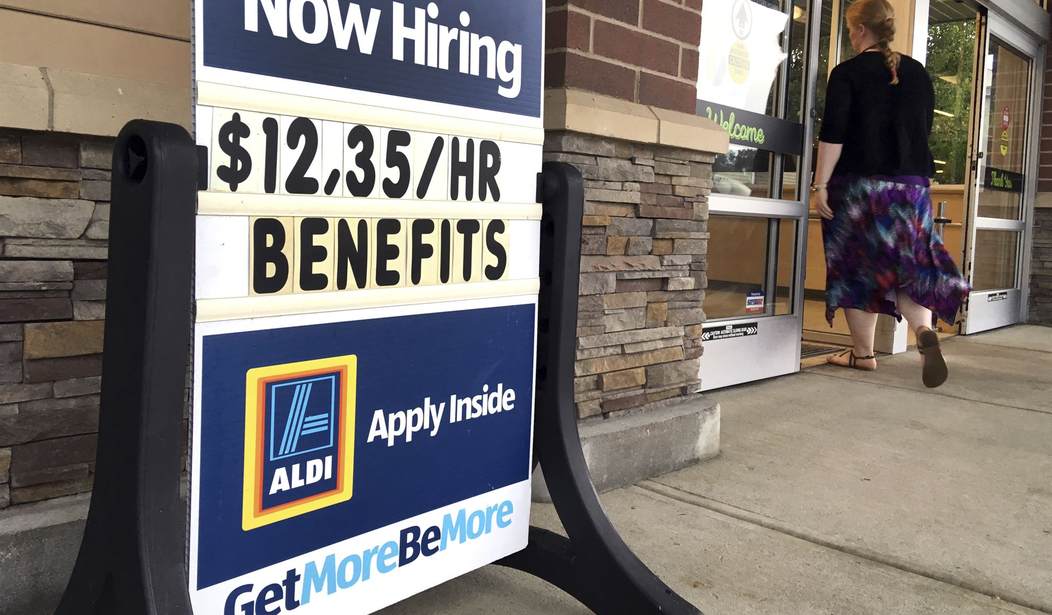In December, my colleague Stacy Lennox wrote about the 2-3 million missing workers in the U.S. economy, depending on how the workforce is counted. Stacey pointed to some strange anomalies in the numbers that may or may not be connected to COVID-19 vaccine effects.
While the statistics may be unsettling, there’s still no underlying pathology that could account for the deaths due to vaccines. So the Federal Reserve and insurance companies are looking for more mundane reasons.
The biggest problem — as it was in December — is that no one can agree on a solid number of missing workers. This is particularly vital for the Federal Reserve, which must set monetary policy based on a fairly accurate count of those workers who are employed or unemployed.
The question posed by Bloomberg is a good one: “With the jobless rate at a 53-year low and more employees on payrolls now than there were before the pandemic, how can workers truly be missing?”
“It’s a very confusing picture,” said Anna Wong, chief U.S. economist at Bloomberg Economics. “We don’t even have good facts to work with.”
Essentially, some economists are questioning whether we’re even counting correctly. For example, in December the Labor Department revised its count of nonfarm payrolls by more than 800,000 additional workers. “So that 3 million-person hole in the labor force actually may be a third smaller,” Wong said.
But then we have excess retirees who could have gone back to work but didn’t. That adds another 2.1 million workers according to the Federal Reserve. And there are nearly 2 million fewer immigrants who have come to America.
And there’s a whole different sub-strata of workers who have disappeared.
Harvard University economist Raj Chetty and his colleagues tracked another category of missing workers in a recent paper: low-wage service workers who were displaced from their jobs early in the pandemic and never came back. That’s illustrated best by payrolls in sectors like leisure and hospitality and restaurants that still lag their pre-Covid levels.
The researchers zeroed in on affluent areas in big cities like New York where office staff stopped getting haircuts and eating out because they were working from home. Those neighborhoods are the most likely to still be missing low-income workers today.
There are also an unknown number of Americans suffering from Long COVID — a debilitating illness that is disappearing the farther away from the original pandemic we get.
It’s also possible we’re “double counting” some missing workers such as baby boomers who retire, citing Long COVID.
Taken altogether, it’s still all about labor force participation.
Didem Tuzemen, a senior economist at the Kansas City Fed, calculated in a report last October there would be 2.4 million more people in the labor force had participation rates not slipped during the pandemic. Most of the missing workers are older Americans, she noted.
While many older workers initially left the pandemic workforce out of health concerns, others chose to hang their hats for good. Fed Chair Jerome Powell has cited research by the central bank’s economists that show “excess retirements” account for more than 2 million of the missing workers, but that hasn’t been updated per the Labor Department’s revision.
A lot of those low-wage employees who worked in bars, restaurants, hotels, and other leisure companies took advantage of all that extra cash and the extra time off and went back to school. That will be a whole different study to examine someday.
Related for our VIPs: Joe Biden’s Astonishing Pre-Midterm Lie Merits an Investigation
The bottom line is there doesn’t seem to be any one cause for the drop in the labor participation rate. If there were, it would be easier to figure out.









Join the conversation as a VIP Member